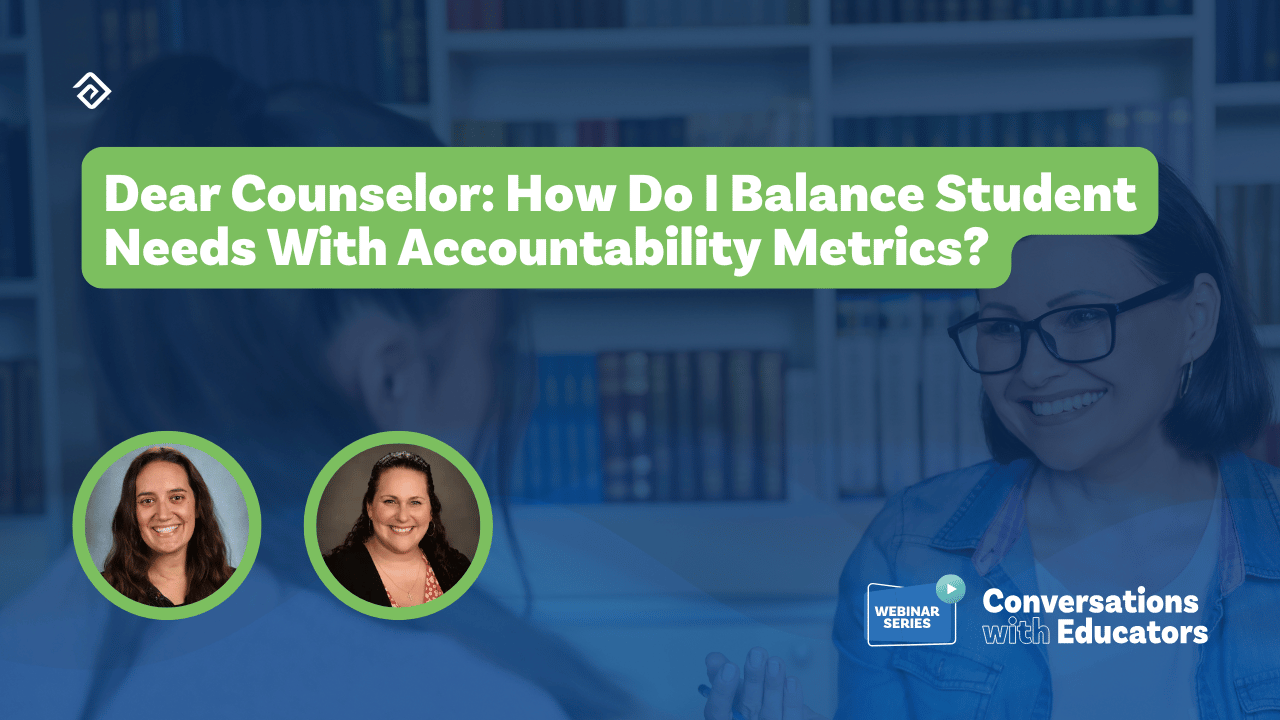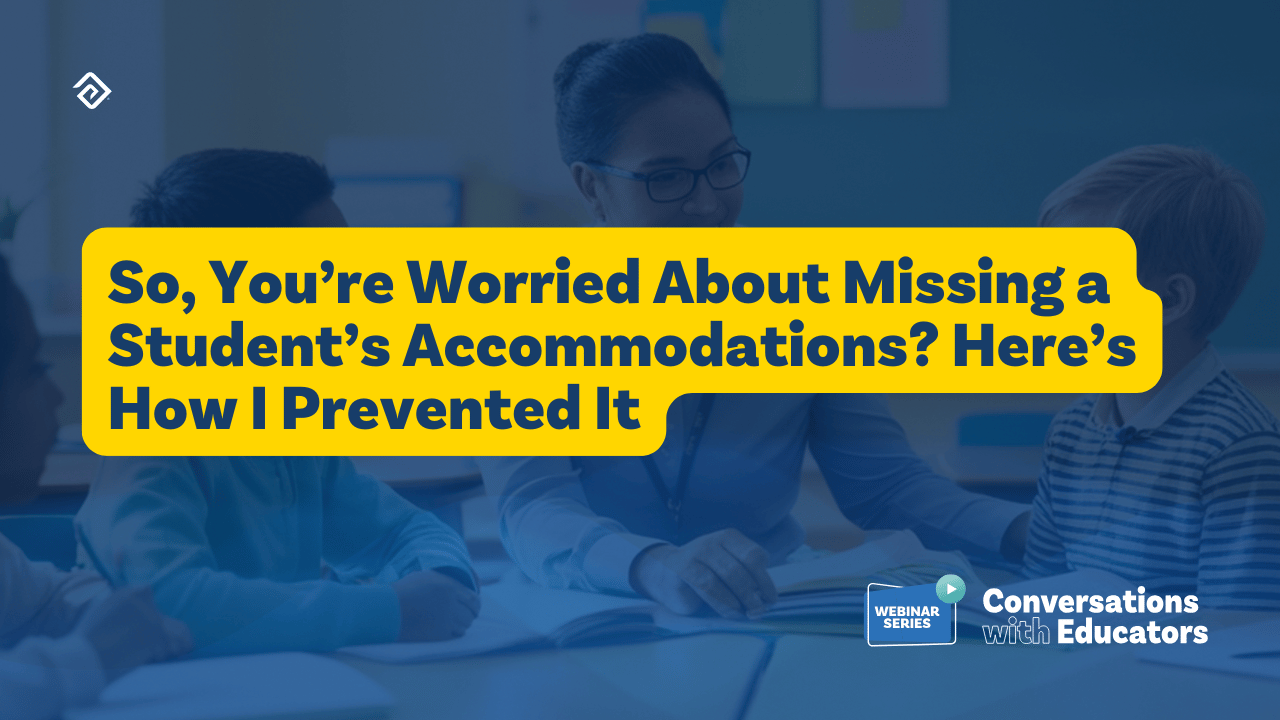How Feedback Contributes to Educator Growth

Oftentimes, when a principal or district administrator enters a school classroom, the teacher in the classroom assumes that he or she may be in trouble. Feedback from these kinds of visits usually consists of good job, or maybe even, let me tell you what you did wrong. Much of the time, such feedback isn't very constructive, not just because it is often negative and demoralizing, but also because it rarely offers instructors specific steps they could take to improve.
Such was the subject at hand when Dr. Dianna Whitlock, Consultant for Education Advanced, sat down to interview long-time friend, Thomas Colabufo, for the Education Advanced Conversations with Educators webinar series.
But Whitlock didn’t tap Colabufo just because he’s an old friend. As a long-time educator and the current Superintendent of Central Square School District in Central Square, New York, and the author of Our Education System Beyond the Factory-Model: Shifting from Past Practices to Next Practices, he has a great deal of personal experience with giving feedback to educators, particularly principals.
Here’s what he had to say.

Q: How Does Feedback Help Educators Grow? How Can Someone Evaluate My Principals When They Don't Really See What They're Doing?
Thomas Colabufo: For me to be able to give accurate and effective feedback to all my administrators – we have six schools in the district – I must go into the classroom to see the teacher teaching the lesson. I need to be able to see the lesson.
Doing that enables me to look at the feedback that the principal or the administrators gave the teacher. I then schedule my post-observation conference with the administrator about three days later. It's a whole process. It is time-consuming, but it gets me into classrooms. My Board of Education loves it. The teachers like it, and the administrators tell me that they learn from those sessions.
Q: What have you seen as a result of this?
Colabufo: I followed a superintendent who didn't do it that way. The previous superintendent didn't go into the classrooms, and so at first, I had to let the teachers know that I truly cared about instruction. I truly cared about providing them with solid feedback, just to increase their toolkit and to help them improve.
What they told me after that first year is, they finally had consistency. Every teacher's worst fear is you have a different administrator coming in, especially in a middle school or high school, where you have multiple administrators coming in to do evaluations, and all the teachers had angst. They always wondered, "What are they looking for?”
By having a very clear rubric that we use from the software, they don’t have to wonder what the administrator is looking for. The rubric makes it consistent. This provides a standard for success that makes it very easy for the teachers to know exactly what the administrators are looking for.
We focus at the very beginning on the things in the classroom that should take place, no matter what. That's the organization, the rules, the process, the positive relationships, and the engagement. It's easy to be able to be in a classroom and see. Yes, there's true engagement.
However, there are key indicators of how the teachers plan the lesson. How they actually delivered the lesson, and then how they use formative assessment. So, they know right away before an administrator comes in there exactly what the administrator is looking for.
The observation is never a surprise. It follows the same feedback. Every one of my 30 administrators goes about it the exact same way. It's the same focus. It's the same set of priorities, no matter who is doing the instructing or the supervising.

Q: What Else Has Helped?
Colabufo: We really had to nurture that culture of This is what we do. I can’t evaluate the principal until I see how he or she evaluates the teachers. For that, I have to be in the classroom, and I try to teach by example.
I must remind some administrators from time to time to provide evidence and feedback based on that evidence. I'll sit and watch when the principal or assistant principal is sitting with the teacher in the administrator’s office. The administrator starts off by giving evidence of what the teacher did based on the rubric for maybe 30 seconds.
Then, the administrator says something like, “I really didn’t understand what you were trying to accomplish here,” and you could see the look of consternation on the teacher's face. It doesn’t matter what good feedback you’ve given them prior to that. You’ve lost them.
So, in my post-observation with the administrator, I start off by saying, “Well, you know you welcomed the teacher, and that was nice. But then the rest of it was just terrible.”
And their jaws just drop. Then, I say, “That's the exact same expression that the teacher was giving you. Then comes the “Oh my gosh!”
That’s the power of using the same rubric with them as they do with teachers. Then they understand, based on your example, how to give effective feedback that works, and the lesson sticks.
Would you like to learn how to give more effective and helpful evaluations for both teachers and principals? Reach out to us today to learn more!

More Great Content
We know you'll love





